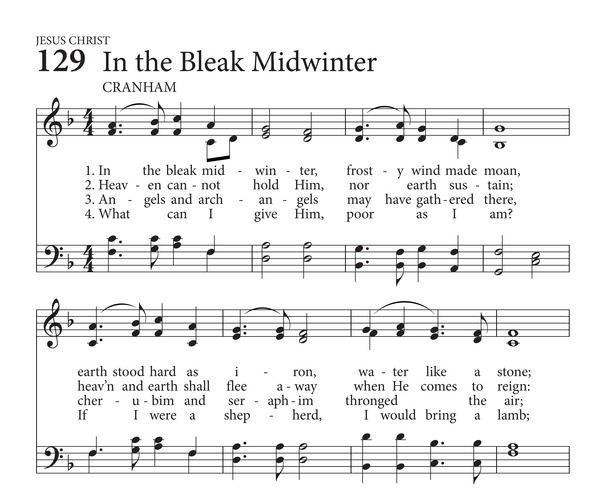Magnificat (Vesperae solennes de confessore), K.339, Wolfgang Amadeus Mozart
- Fr. Scott Haynes

- Jan 1, 2022
- 1 min read
Fr. Scott A. Haynes
About the Canticle of Mary
The Magnificat is the Canticle of Mary. The text of the canticle is taken from the Gospel of Luke (1:46–55) where it is spoken by Mary upon the occasion of her Visitation to her cousin Elizabeth. In the narrative, after Mary greets Elizabeth, who is pregnant with John the Baptist, the latter moves within Elizabeth's womb. Elizabeth praises Mary for her faith (using words partially reflected in the Hail Mary), and Mary responds with what is now known as the Magnificat.
Mozart's Music
Vesperae solennes de confessore, K. 339, is a sacred choral composition, written by Wolfgang Amadeus Mozart in 1780. It is scored for SATB choir and soloists, violin I, violin II, 2 trumpets, 3 trombones colla parte, 2 timpani, and basso continuo (violoncello, double bass, and organ, with optional bassoon obbligato).
The setting was composed for liturgical use in the Salzburg Cathedral. This was Mozart's final choral work composed for the cathedral. We know that Mozart held this composition in high regard since he once asked his father, in a letter dated 12 March 1783, to send the two works to him in Vienna so that he could show them to Baron Gottfried van Swieten. Vesperae solennes de confessore, K. 339, contains settings of Psalms 109 (Dixit), 110 (Confitebor), 111 (Beatus vir), 112 (Laudate pueri), 116 (Laudate Dominum) and of the Magnificat canticle of Our Lady.
Choir of St. John Cantius, Chicago
Director: Rev. Scott A. Haynes
Concertmaster: Henry Criz
Soloists: Stephanie Sheffield Culica, Michelle Vezzoli Mitsui, Trevor Mitchell, and Bill McMurray
Sony Classical Label



Comments